Developing and sharing the low carbon and climate resilient Kampala.
PUBLISHED — 19th, July 2018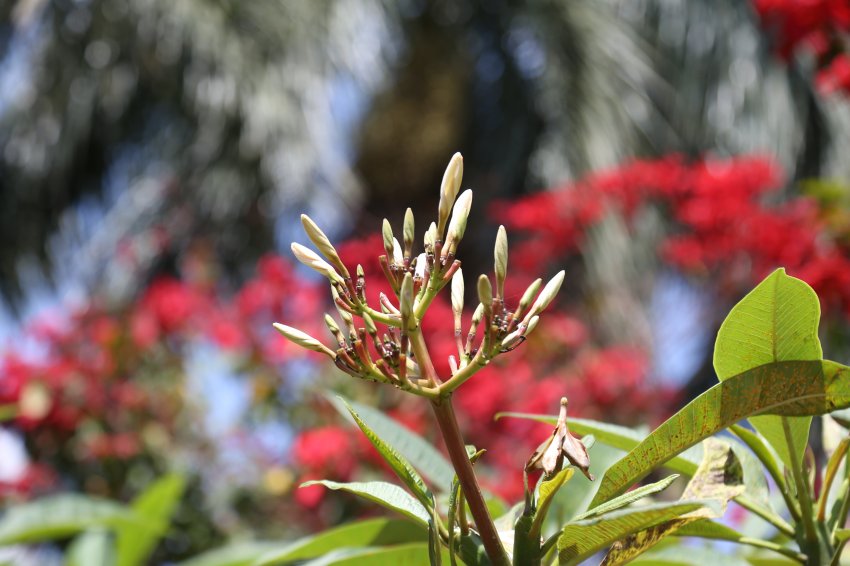
19th July 2018
Developing and sharing the low carbon and climate resilient Kampala.
Kampala Capital City, is Uganda’s primate city currently undergoing rapid socio-economic and physical transformation. It is projected that by the year 2040 the urban population in KCCA and the Greater Kampala Metropolitan area combined is likely to raise up to 8 million people (KPDP 2013). The city is experiencing an annual urbanization growth estimated at 5.5%.
Faced with this growth rate, Kampala City is home to over 40% of the total national urban population, which accounts for about 6% of the national population (UBOS 2014). The increased population in the city has triggered excessive demand for infrastructure development directly impacting on land and other environment resources inclusive of all ecologically sensitive areas.
The above phenomenon has directly or indirectly impacted on the city’s micro climate with adverse manifestations, for example flooding, prolonged draught, urban-heat effects, air and water pollution among others. As part of the strategic plan and way forward, Kampala City aspires to develop a well-planned, competitive, safe, green and clean environment that befits attributes of a modern city which is climate resilient. To this effect, KCCA has undertaken several urban studies related to the environment, climate change, transportation and housing. As part of the recommendations, the city developed the Kampala Climate Change Action Plan.
Project Background
Kampala Capital City Authority (KCCA) secured funding from the European Union to implement some recommended actions from the Kampala Climate Change Action Plan which seeks to ensure that the long term development of Kampala City takes a low carbon and sustainable path in line with KCCA’s Strategic plan 2014 – 2019 and beyond.
This 3-year project, “Developing and Sharing the Low Carbon and Climate Resilient Kampala” will seek to allow KCCA set a governance framework for implementing its Climate Change Strategy. The Municipalities of Entebbe and Kasese as well as the Ministry of Energy and Mineral Development are co-beneficiaries in the project which aims at mainstreaming issues related to sustainable energy and climate change to achieve sustainable, low carbon and resilient development.
One of the components of the project – Multi-level Physical Planning and Land Use Management, focuses on the stake of physical planning in building climate resilience. This component will deliver Neighbourhood Plans for four (4) precincts – Kololo, Mulago, Makerere and Nakasero, an Urban Green Infrastructure Ordinance and an Urban Forestry Audit and Management Plan.
The urban forestry audit has collected data on all trees in public space within the four precincts and has been rolled out into privately owned property. Over 31,000 trees have been documented in the last 12 months, representing over 320 species.
The ordinance and the management plan (already in draft form) have been partly informed by findings from this audit. Other products from the audit are an online tree valuation methodology and an online tree species database detailing tree planting, care and management, the characteristics and benefits / uses of each species.
The neighbourhood planning process is guided by the Physical Planning Act 2010 and the Kampala Physical Development Plan (KPDP) 2013. The focus of the project is on connectivity, social and economic services, the provision of open recreational spaces as well as defining the spatial character of the precinct to mitigate the city’s impact on climate change and promote sustainability.
Socio-economic data collection is complete in Kololo and Mulago. It is ongoing in Makerere and will subsequently commence Nakasero in the next couple of months. In each case, the next steps are:-
- situational analysis,
- community led design studios in which various development scenarios will be considered and analysed,
- selection of the preferred alternative (also community led),
- preparation of the plans and required documents,
- review and approval by the National Physical Planning Board, and
- Gazettement of neighbourhood/precinct plans.
Each area will be handled individually. The first neighbourhood plan for Kololo, will be ready for review and comments at the beginning of September 2018. Mulago, Makerere and Nakasero will follow in that order, four months apart, with the last one in September 2019.
It is important for the community / stakeholders to participate in the project. Such participation includes provision of data required to inform the project, setting of development priorities for their neighbourhoods, reviewing and commenting on proposed plans, as well as supporting the approved plans and implementing them.
Our approach to executing this project allows for such participation including a socio-economic data survey in which hundreds of households are being interviewed, community engagements as an avenue for visioning or setting of priorities, community design studios – being held within the neighbourhoods with a wide stakeholder representation nominated from within the communities.
We call upon our stakeholders – residents in these areas, land, property and business owners and subject matter experts and all planning authorities, to participate in the various planned engagements. Online platforms like email, social media are also available to register your contributions or questions.
For more information, please write to; climatechange@kcca.go.ug and keep tabs on @Kampala4Climate | Facebook | Twitter | Instagram
News & Announcements
7th, January 2026
7th, January 2026
6th, January 2026
5th, January 2026
2nd, January 2026
23rd, December 2025
22nd, December 2025
20th, December 2025
19th, December 2025
18th, December 2025


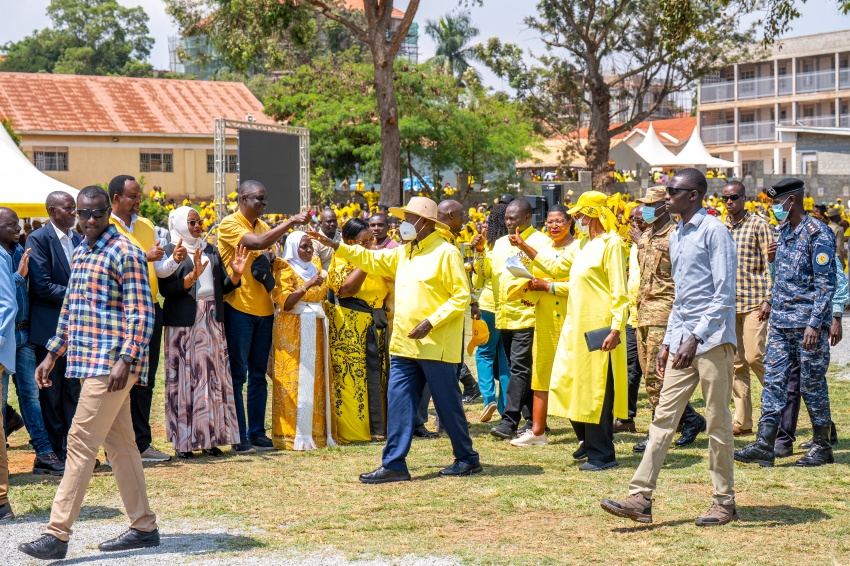

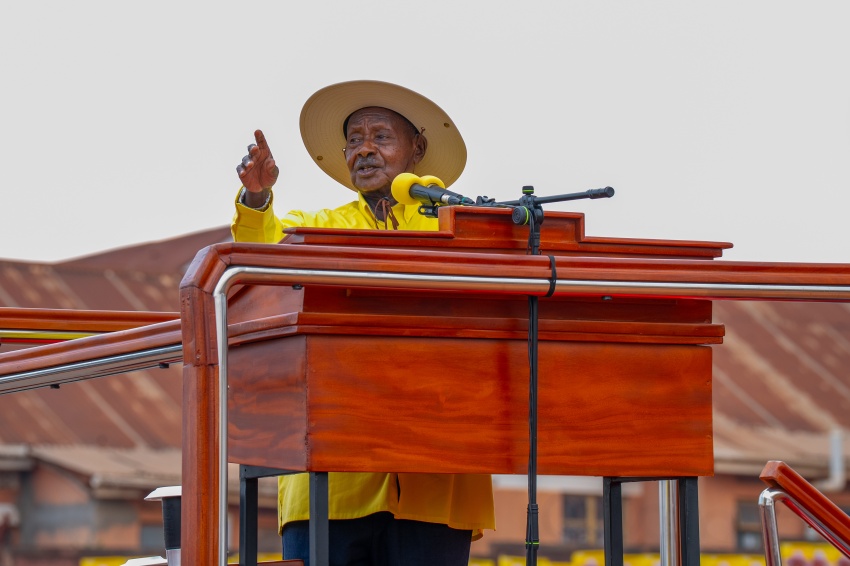

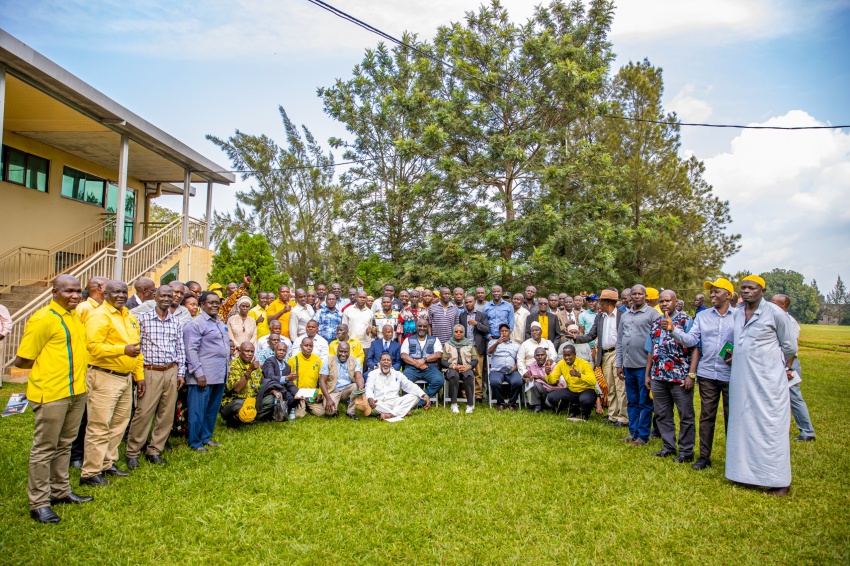
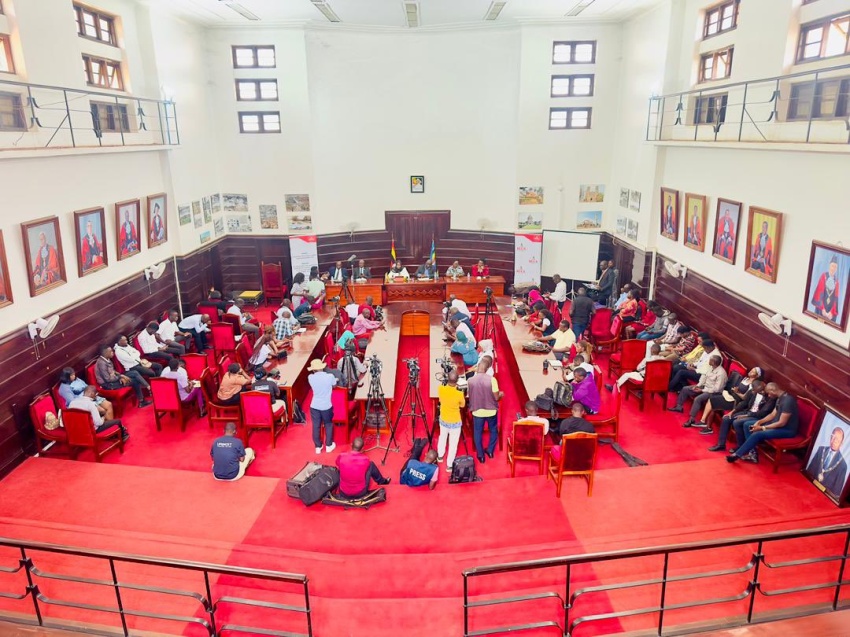
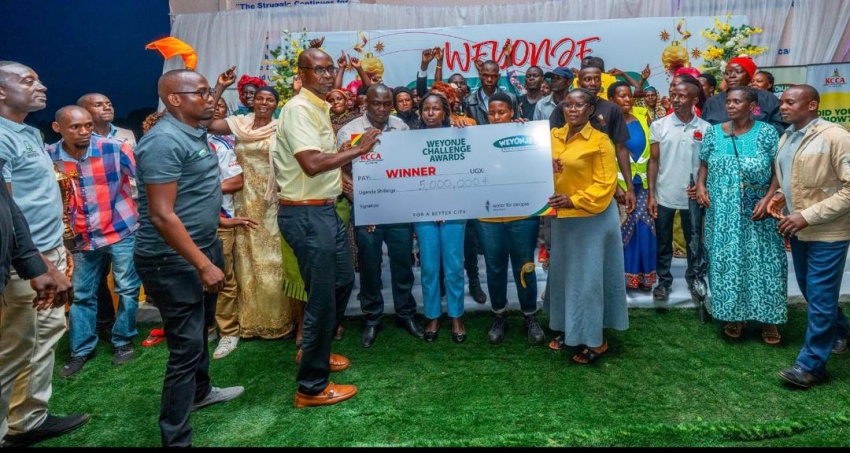
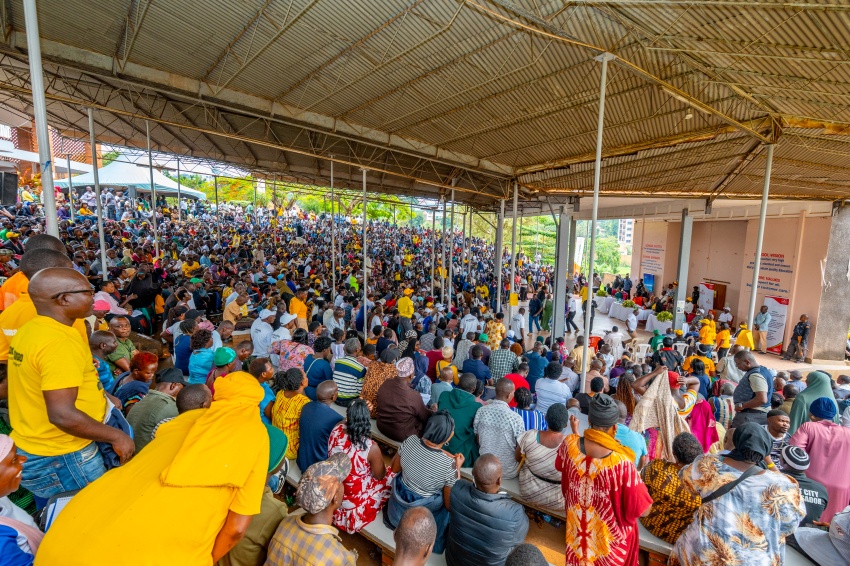

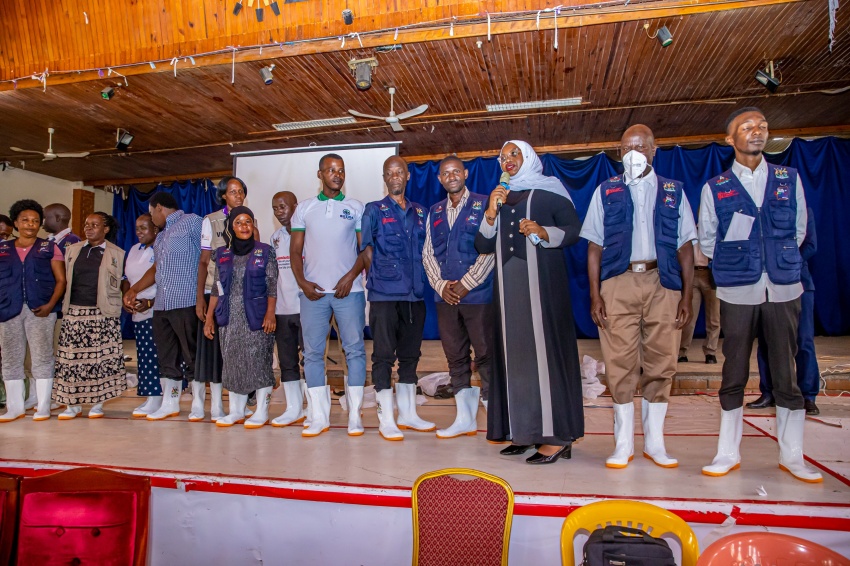









Development partners